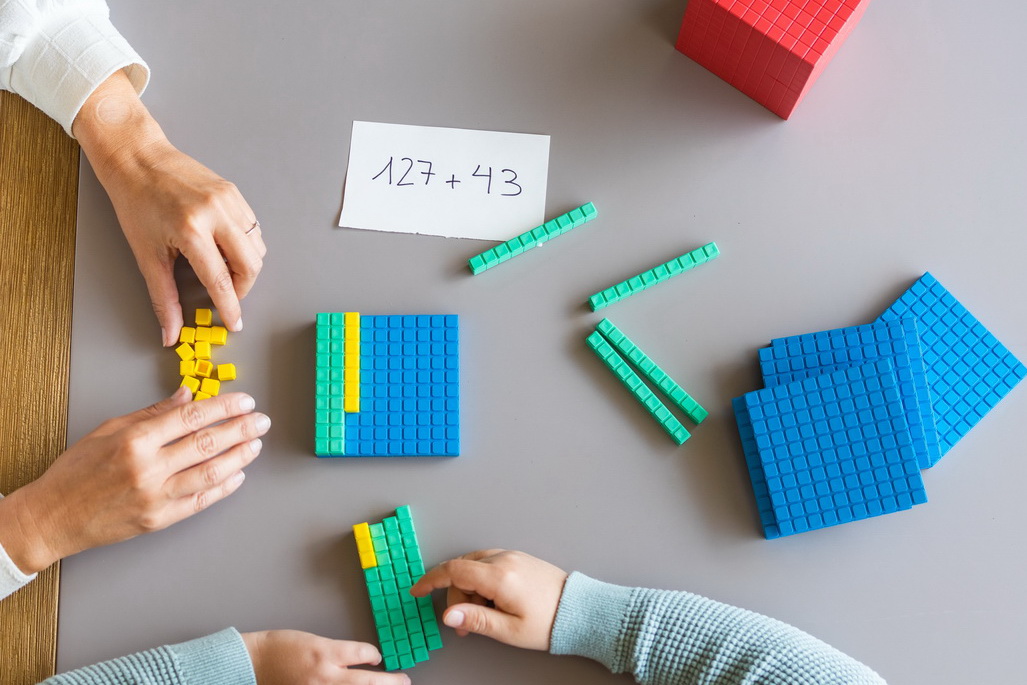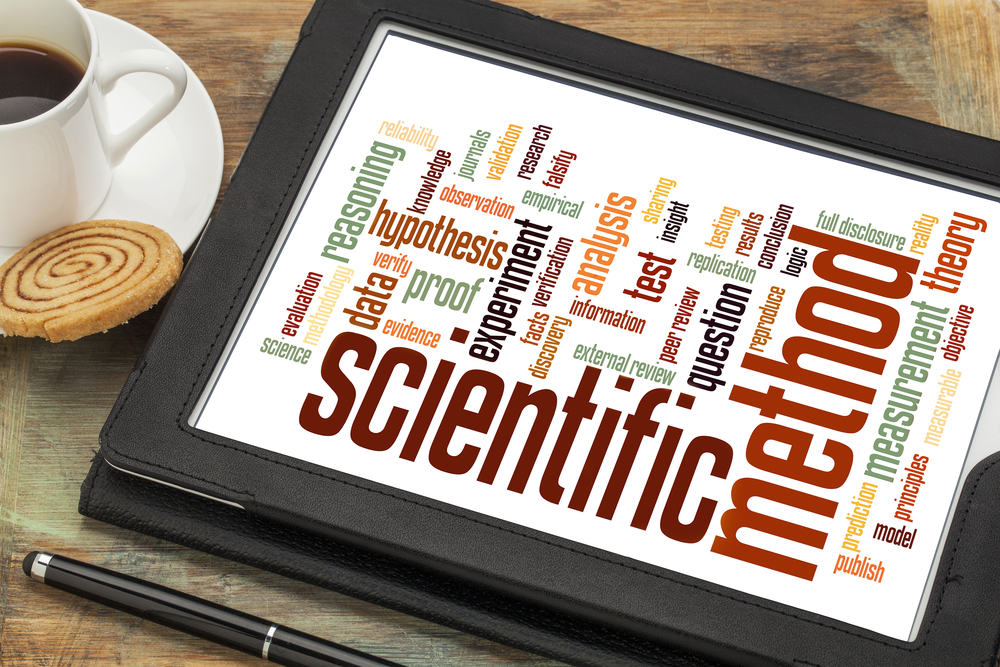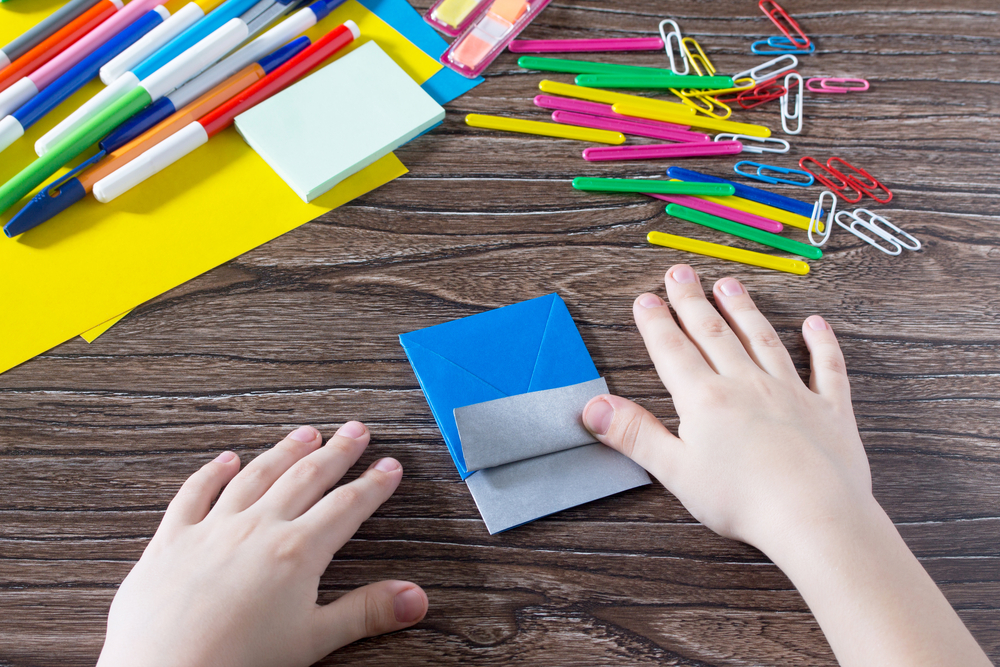Normal Tracing Shapes Worksheets Activities With Answers for Ages 5-8
9 filtered results
-
From - To
Discover an engaging collection of Normal Tracing Shapes Worksheets designed for children ages 5-8! These interactive activities help young learners develop essential fine motor skills while mastering shape recognition. Each worksheet features vibrant illustrations and easy-to-follow tracing paths, making learning both fun and educational. With an answer key included, parents and educators can effortlessly guide students as they progress. Perfect for homeschooling or classroom use, these worksheets foster creativity and confidence as kids practice their pencil grip and hand-eye coordination. Encourage your child’s love of learning and watch them excel in their foundational skills with our exciting tracing shape activities!
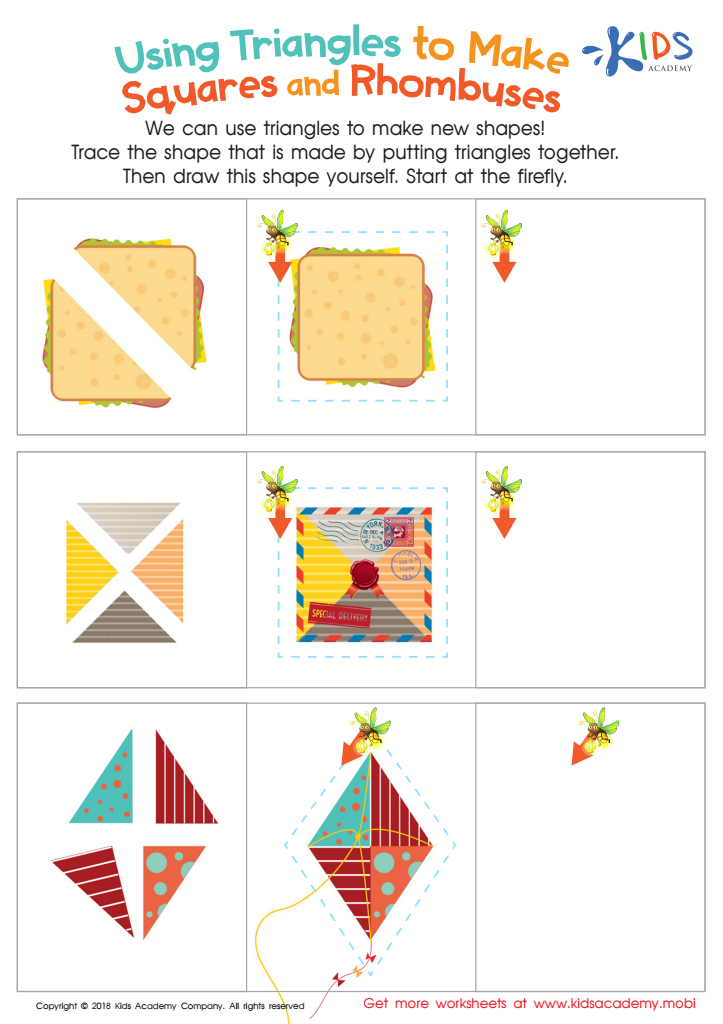

Using Triangles to Make Squares and Rhombuses Worksheet
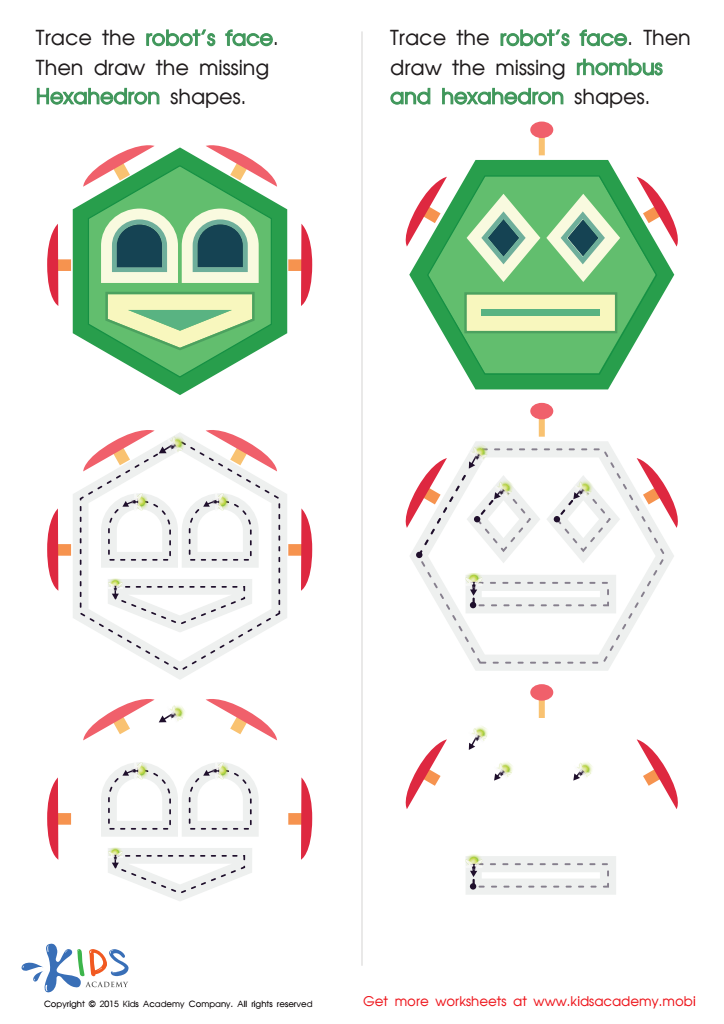

Practice Drawing Hexahedrons And a Rhombus Worksheet


Drawing a Triangle Worksheet
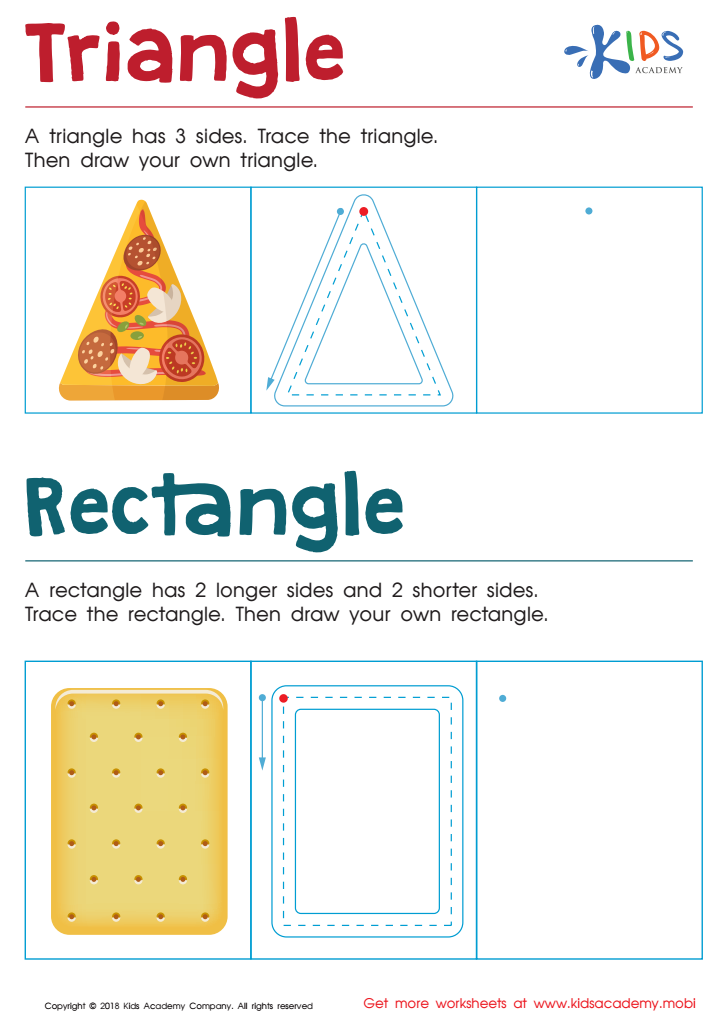

Triangle Rectangle Worksheet
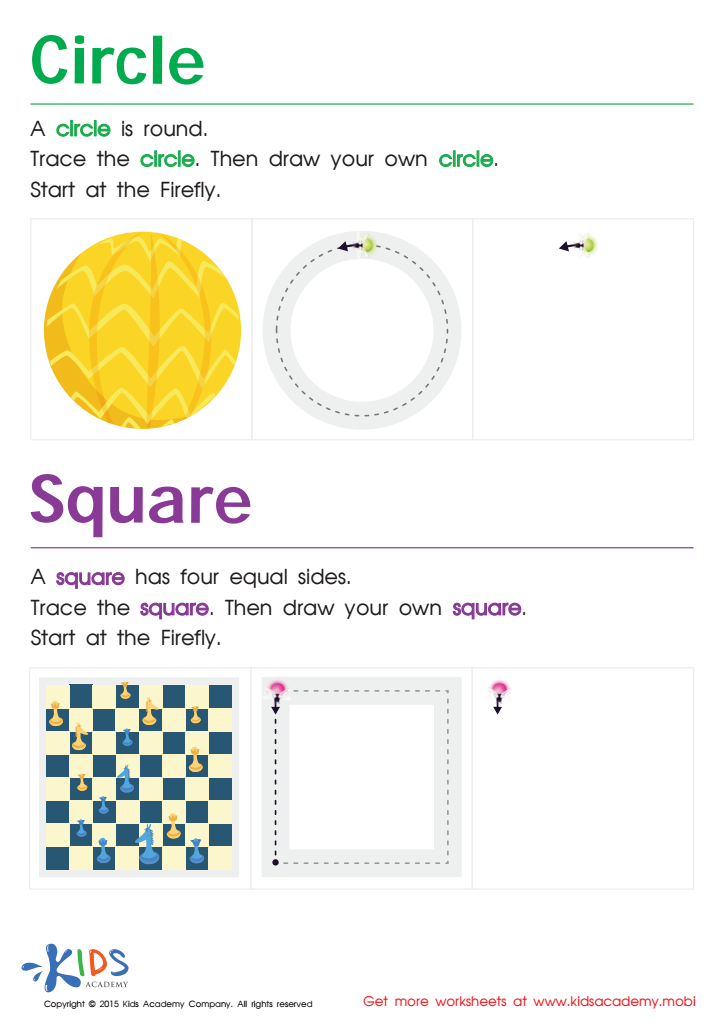

Trace And Draw a Circle And a Square Worksheet
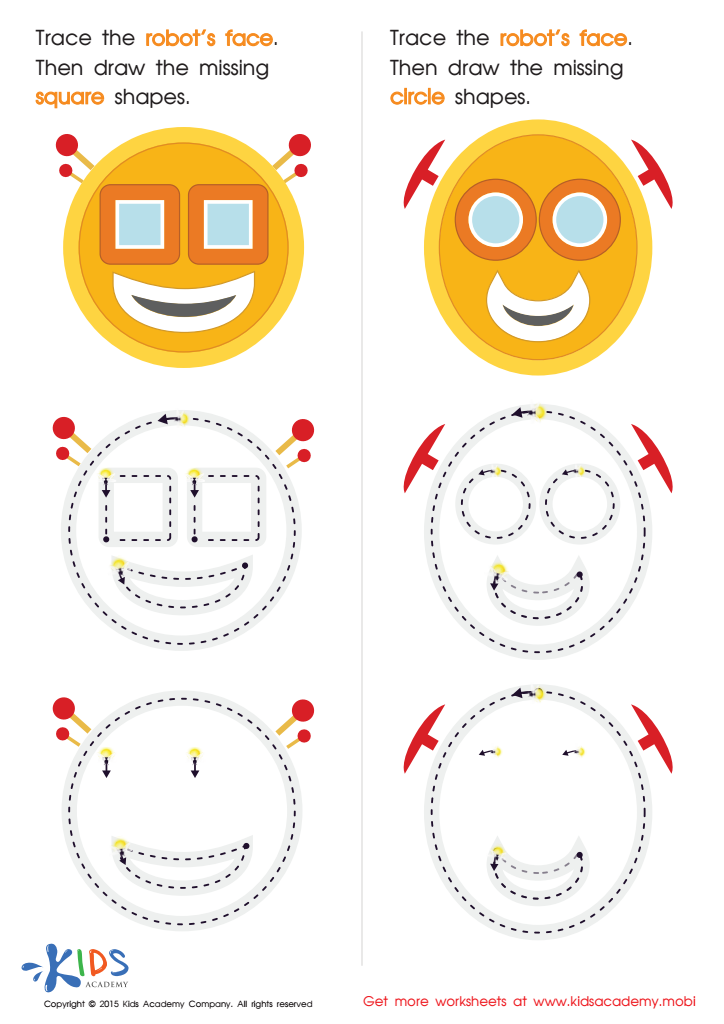

Practicing to Draw Circles And Squares Printable
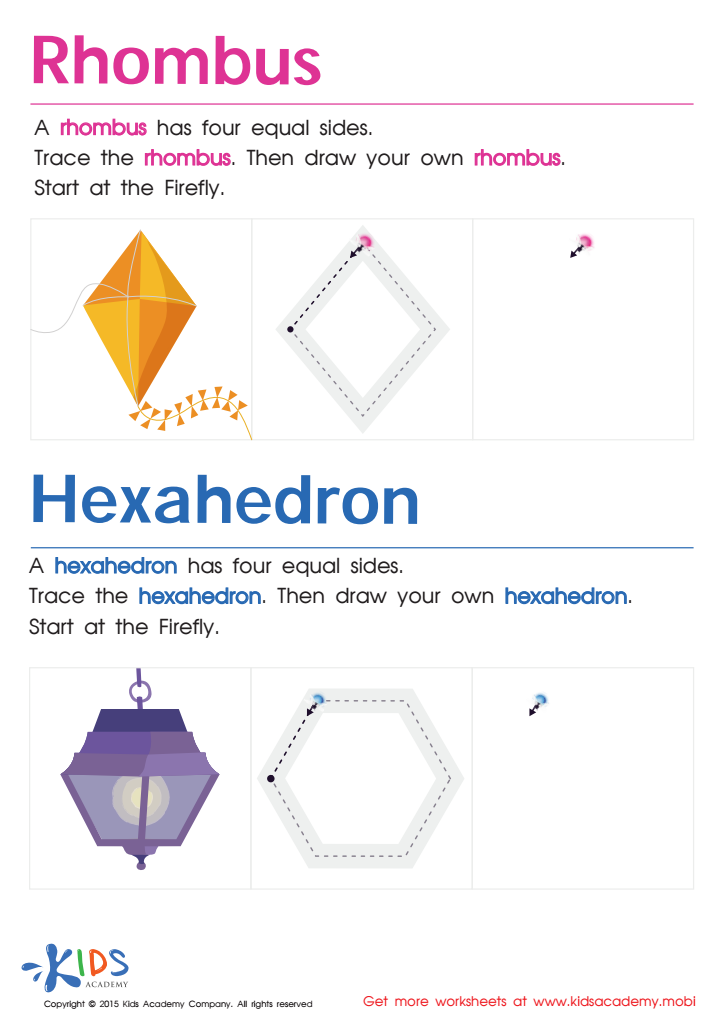

Draw a Rhombus And a Hexahedron Printable
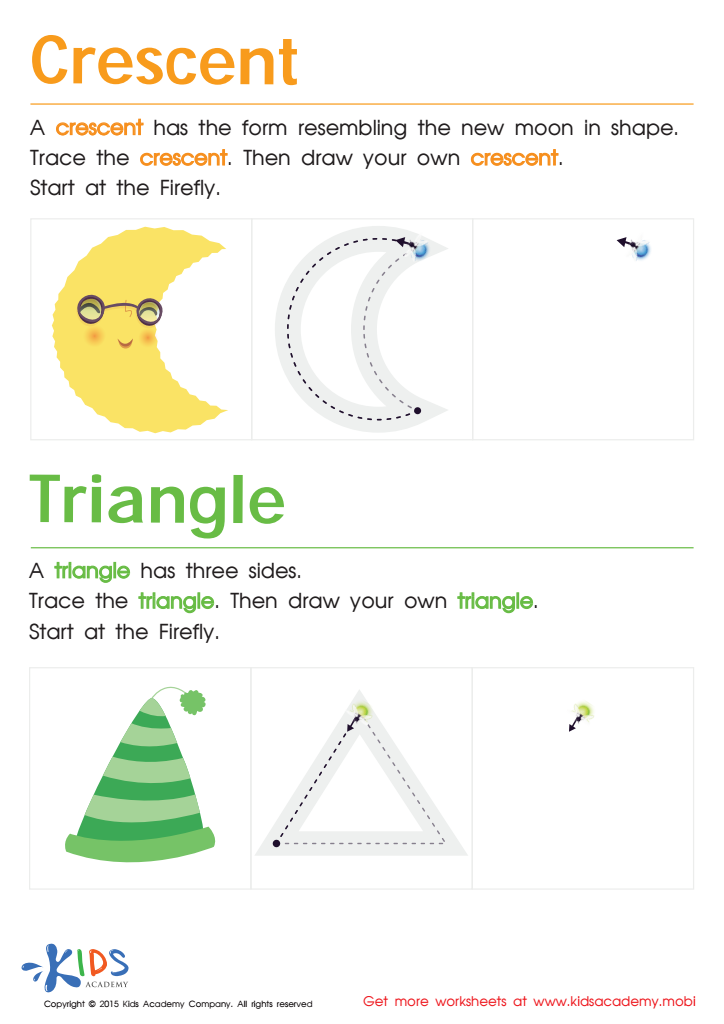

Learning to Draw Crescents And Triangles Worksheet
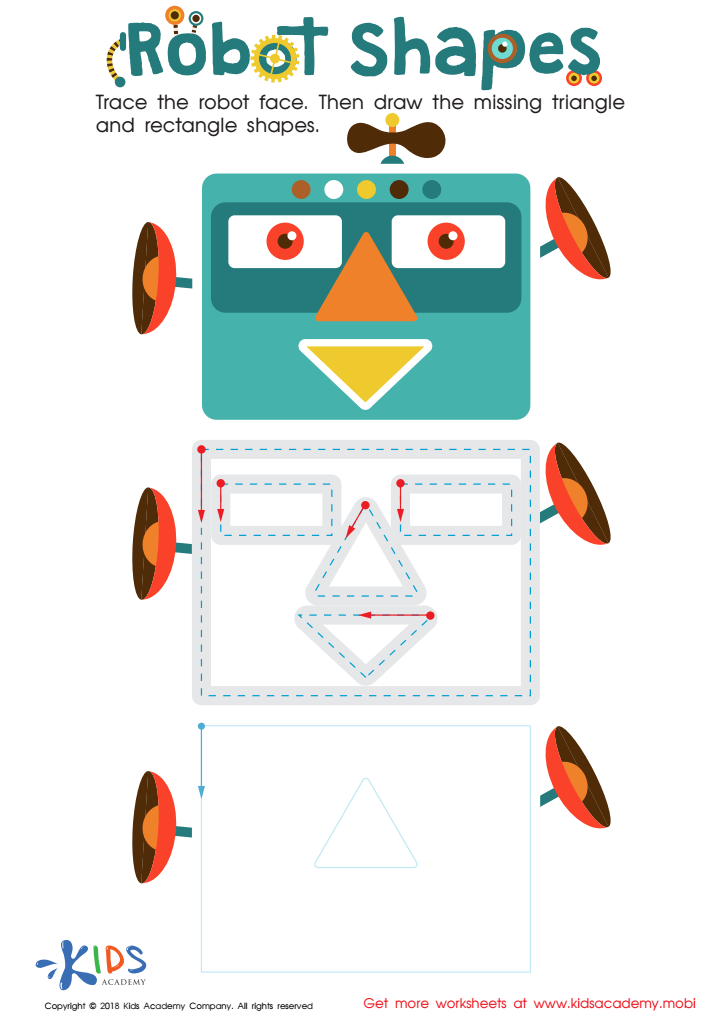

Robot Shapes Worksheet
Normal tracing shapes activities are essential for children aged 5-8, as they lay the foundation for various cognitive and motor skills critical to their development. First and foremost, these activities enhance fine motor skills, which are crucial for tasks such as handwriting, buttoning clothes, and personal grooming. Tracing shapes helps children learn hand-eye coordination and control over writing tools, providing them with the dexterity needed for early writing.
Additionally, tracing shapes introduces fundamental geometry concepts, fostering an early understanding of different shapes and their characteristics. Recognizing shapes serves as a building block for more complex mathematical concepts in later grades, helping children visualize the world around them.
Moreover, these activities promote focus and attention, allowing children to concentrate and develop patience. Parents and teachers can easily incorporate tracing activities into daily routines, making learning fun and interactive. Providing answers and guide sheets helps children to self-correct and enhances their ability to learn independently.
Finally, engaging in shape tracing activities can boost children's confidence as they master new skills and see tangible results. Ultimately, these seemingly simple forms of practice can significantly impact a child's holistic development and preparedness for future educational challenges.

 Assign to My Students
Assign to My Students




